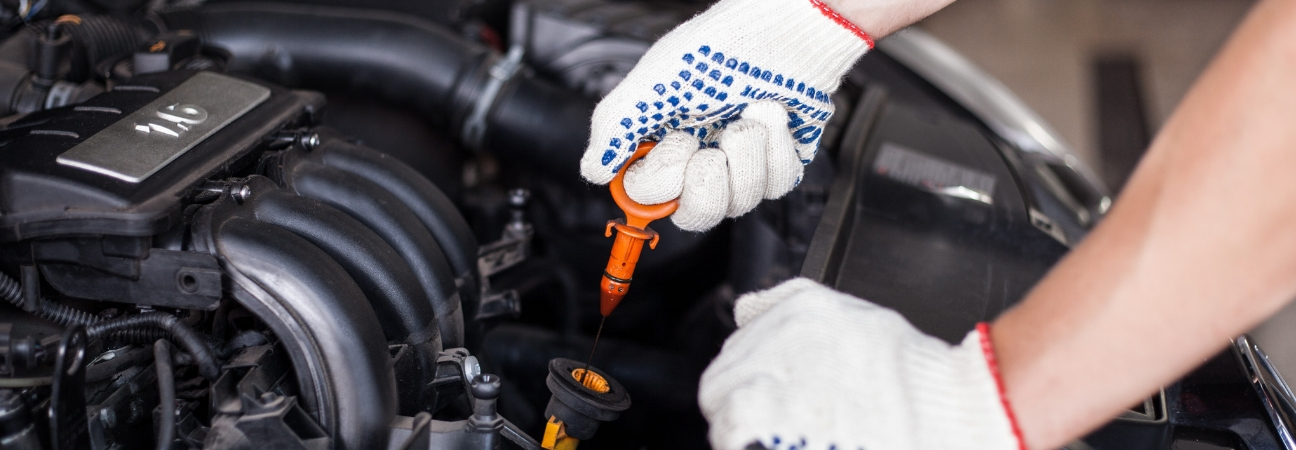All Categories
Featured
Your vehicle's suspension system is an important element that boosts your driving experience by supplying control, security, and comfort. Below's a step-by-step guide to keeping your suspension system in superb shape.
![]()
Dripping Fluid: Oil around the struts or shocks shows they might require replacement. Harmed Springs: Cracks or breaks in the springs can trigger unequal vehicle height. Corrosion or Corrosion: Steel parts like control arms and bushings are prone to rust with time. Have your suspension system examined by a professional mechanic. if you observe any type of abnormalities.
Keep tires pumped up to the recommended stress. Revolve tires every 5,000 to 7,500 miles. Balance and align wheels annually or after striking visuals or potholes. Unequal tire wear is an usual indicator of suspension misalignment or used components.
![]()
Final thought. Appropriate maintenance of your shock absorber is essential for making certain a safe and comfy driving experience. By conducting regular evaluations, changing used components, keeping tire treatment, and driving sensibly, you can keep your suspension in peak condition. Aggressive care not just prevents costly repairs yet additionally ensures your lorry's longevity and safety and security for every journey.
- Comprehend the Relevance of the Shock Absorber. The suspension system soaks up shocks from uneven roads, sustains the auto's weight, and maintains the tires firmly in contact with the roadway. It consists of shocks, shows off, springtimes, control arms, and bushings, every one of which work together to ensure a steady and smooth adventure. Identifying its relevance is the primary step towards proper treatment.
- Conduct Normal Aesthetic Evaluations. Regular visual checks can aid recognize potential problems early. Try To Find:

Dripping Fluid: Oil around the struts or shocks shows they might require replacement. Harmed Springs: Cracks or breaks in the springs can trigger unequal vehicle height. Corrosion or Corrosion: Steel parts like control arms and bushings are prone to rust with time. Have your suspension system examined by a professional mechanic. if you observe any type of abnormalities.
- Address Unusual Sounds and Signs And Symptoms. Uncommon noises, such as creaking, squeaking, or clunking, often signal suspension issues. A bouncy ride, trouble steering, or the lorry pulling to one side indicates that a suspension component could need focus. Don't ignore these indicators; early detection can prevent more damages.
- Keep Proper Tire Care. Tires and suspension interact to deliver a smooth experience. To lower anxiety on your shock absorber:
Keep tires pumped up to the recommended stress. Revolve tires every 5,000 to 7,500 miles. Balance and align wheels annually or after striking visuals or potholes. Unequal tire wear is an usual indicator of suspension misalignment or used components.
- Change Worn-Out Components on schedule. Suspension components like shocks, shows off, and bushings wear over time. Makers generally recommend changing shocks and struts every 50,000 to 100,000 miles, depending on driving problems. Delaying replacement can compromise handling, security, and total automobile performance.

- Prevent Overloading Your Automobile. Exceeding your vehicle's weight capacity places excessive stress on the suspension system. This can bring about faster put on and tear on parts like shocks and springtimes. Always inspect your owner's manual for weight limits and stay clear of overloading.
- Drive Sensibly. Aggressive driving routines, such as speeding up over gaps, taking edges also quickly, or regularly driving on rough roads, can damage your suspension. Technique mindful driving to lessen wear and prolong the life expectancy of your shock absorber.
- Schedule Professional Evaluations. Regular expert examinations are important for determining concealed concerns and ensuring optimum efficiency. Mechanics can identify troubles that aren't visible throughout a do it yourself check, such as used sphere joints or control arm damage.
Final thought. Appropriate maintenance of your shock absorber is essential for making certain a safe and comfy driving experience. By conducting regular evaluations, changing used components, keeping tire treatment, and driving sensibly, you can keep your suspension in peak condition. Aggressive care not just prevents costly repairs yet additionally ensures your lorry's longevity and safety and security for every journey.
Latest Posts
Find Montclare Auto Repair’s Most Popular Auto Repairs and Why Drivers Choose Them
Published en
1 min read
Shield Your Home with High Quality Residential Roof
Published en
1 min read
Uncover Budget-Friendly Auto Repairs with Montclare’s Exclusive Service Specials
Published en
1 min read
More
Latest Posts
Find Montclare Auto Repair’s Most Popular Auto Repairs and Why Drivers Choose Them
Published May 23, 25
1 min read
Shield Your Home with High Quality Residential Roof
Published May 22, 25
1 min read
Uncover Budget-Friendly Auto Repairs with Montclare’s Exclusive Service Specials
Published May 22, 25
1 min read